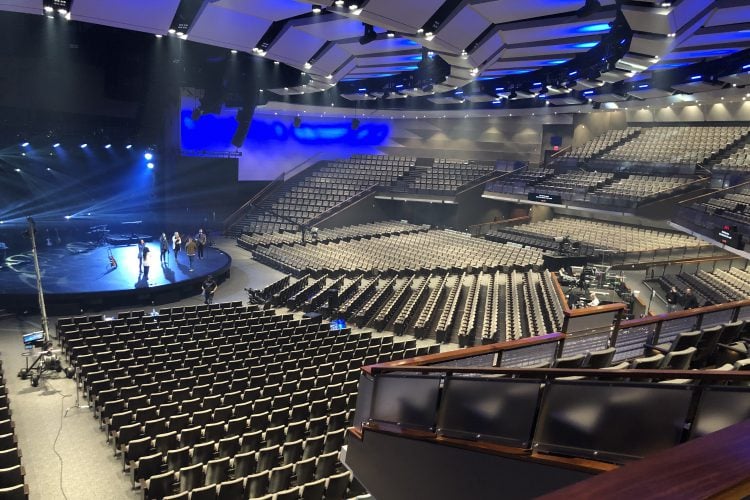Moving to LED fixtures is a big decision–and one that should be viewed as a long-term investment. In addition to looking at what LED fixtures can do, specifiers should also consider how long they will last. But finding long-lasting LED fixtures is easier said than done. That’s why ETC Sales Manager David Hilton hosted a session during our 2022 CUE conference about why longevity is so challenging to accomplish in the development of an LED fixture–and how ETC has overcome those challenges.
When you’re evaluating LED products, we encourage you to investigate these 3 questions to ensure you’ll get beautiful light for years to come.
1. How efficient is it?
If your LED fixture can meet your artistic needs and consume less electricity, it has been designed to mitigate a major accelerant of the aging process: heat. Any heat that is produced by luminaires is wasted energy that both causes LEDs to droop and ages electrical components.
In an LED light engine, saturated color equates to fewer lumens, and less saturated colors equate to more lumens. Luminous efficacy helps ensure that no lumens are wasted as the fixture works to put out a light that is both saturated and bright.
Luminous efficacy: The amount of light emitted for each watt of power consumed
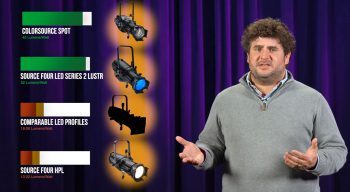
Let’s take a closer look at the luminous efficacy of ETC’s latest LED offerings. The ColorSource Spot has an efficacy of 42 Lumens/Watt and the Source Four LED Series 2 Lustr has an efficacy of 52 Lumens/Watt. In comparison, other products that are similar to ETC’s offerings in price and performance have only achieved about 18-26 Lumens/Watt efficacy. Interestingly, those competing products have barely exceeded the efficacy of a traditional Source Four, which has a range of 13-22 Lumens/Watt.
In his presentation, David Hilton compares the low efficacy of these LED products to buying a hybrid automobile and still only getting 13 miles/gallon. We should expect more out of today’s LED technology.
Higher efficacy means you can use more colors and get brighter results. This is a big win for the design team, but also a huge indicator that you’ve found a long-lasting LED fixture. Higher efficacy reduces heat, which protects your LEDs from deteriorating over time.
2. How consistently will it perform?
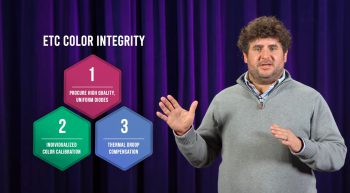
LEDs by their nature are inconsistent. No two LEDs are exactly the same. To further complicate things, each LED’s intensity is dependent on its ambient temperature. Individual LEDs will droop as they heat up and different colors of LEDs droop at different rates.
That’s why ETC’s engineering team has worked their magic to create a multi-pronged management system that we call ETC Color Integrity.
This starts with studying the binning options of each color and buying the ones that yield the most consistent performance. Like a chef that procures high-quality ingredients, we start off in the right place.
Next, we run our fixtures through a calibration process. We measure the intensity and spectral output of each individual color and record this information on a microchip that lives inside the fixture. If one fixture has a brighter amber than the others, it knows and then makes internal adjustments to its outputs so it remains consistent with the others. This ensures consistent chromaticity automatically.
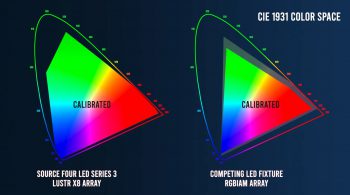
While other fixtures might offer a calibrated mode, designers should be cognizant of the potential trade-off when using it in some fixtures. In the diagram above, you can see that using a competing product in calibrated mode actually shrinks the gamut of available color the fixture had prior to being calibrated (seen in the gray area surrounding the triangle). This means you have access to fewer colors in order to be calibrated. In the Source Four LED Series 3, being calibrated does not result in any loss of color.
The final piece in the puzzle of Color Integrity is thermal droop compensation. When an LED fixture is on for a period of time, it can warm up and produce a different color than when the fixture was initially turned on. ETC’s thermal droop technology places multiple sensors around the LED array to measure the temperature multiple times per second. Then, the fixture automatically adjusts the intensity of the LED emitters to maintain a consistent output. The result is stable output and stable color for the entire time the fixture is in use.
The Color Integrity system is complex, but the goal is for you, the user, to never have to think about it when using our fixtures. That’s what you should expect out of long-lasting LED fixtures, instead of spending your time chasing drifting color and intensity.
In addition to making lights function as they should, Color Integrity also provides protection. Overdriving LEDs with maximum power is one of the primary reasons LEDs fail early. Actively stabilizing color and intensity underdrives the LEDs, helping the product last a long time.
3. Is there evidence it is built to last?
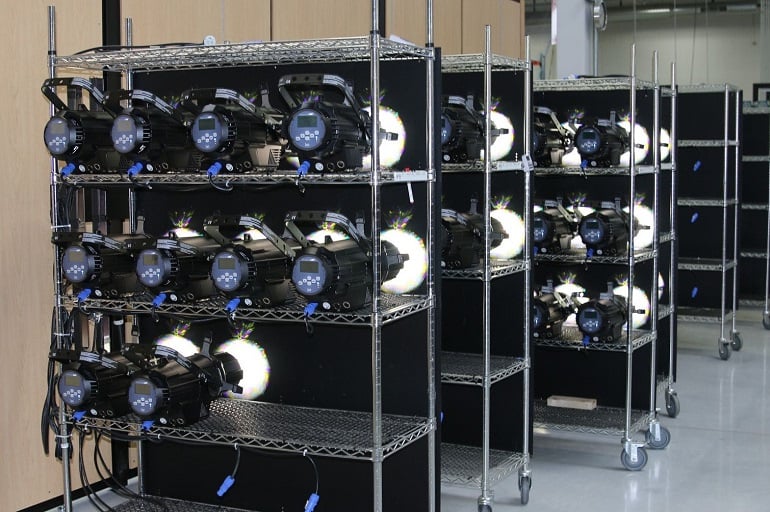
In the world of LED luminaires, the primary testing protocols we pay attention to for determining lumen maintenance are LM-80 and LM-84. LM-80 applies to individual LED emitters and arrays, while LM-84 applies to complete luminaires. In theory, it would make sense if every LED product underwent this testing—but in practice, this is no easy task.
Conducting an LM-84 test on a complete fixture takes close to a year of real-time testing. That’s why many lighting manufacturers rely on the LM-80 data from the emitter manufacturer to determine a fixture’s L70 rating (how long it takes the fixture to drop to 70% brightness). However, the testing protocols for emitters do not inherently translate to how they will perform in a complete fixture. A fixture manufacturer may under-cool and over-power the emitters to cut costs and appear brighter out of the box. In that case, their stated L70 rating will not be accurate.
At ETC, we’ve conducted the full LM-84 testing on many of our most popular LED products. Additionally, we collect information on our products from high-use applications like late-night talk shows and broadcast studios to see how they hold up after years of use in the field. Our stable performance from all of these reports led us to increase the warranty on the majority of our products to 5 years on full fixtures and 10 years on LED arrays.
As you seek out long-lasting LED fixtures for your space, it’s worth investigating what evidence a manufacturer has to support their L70 claims.
ETC’s commitment to long-lasting LED fixtures
At ETC, we believe you should expect more out of your LED fixtures. That’s why we’re continuously refining our LED technology to deliver bright beams, bold colors, and fixtures that stand the test of time. Watch the full “Generations of Color” CUE session below.


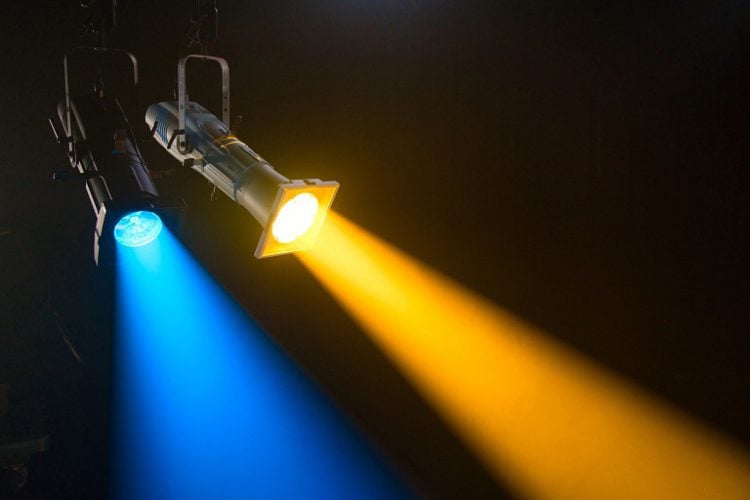
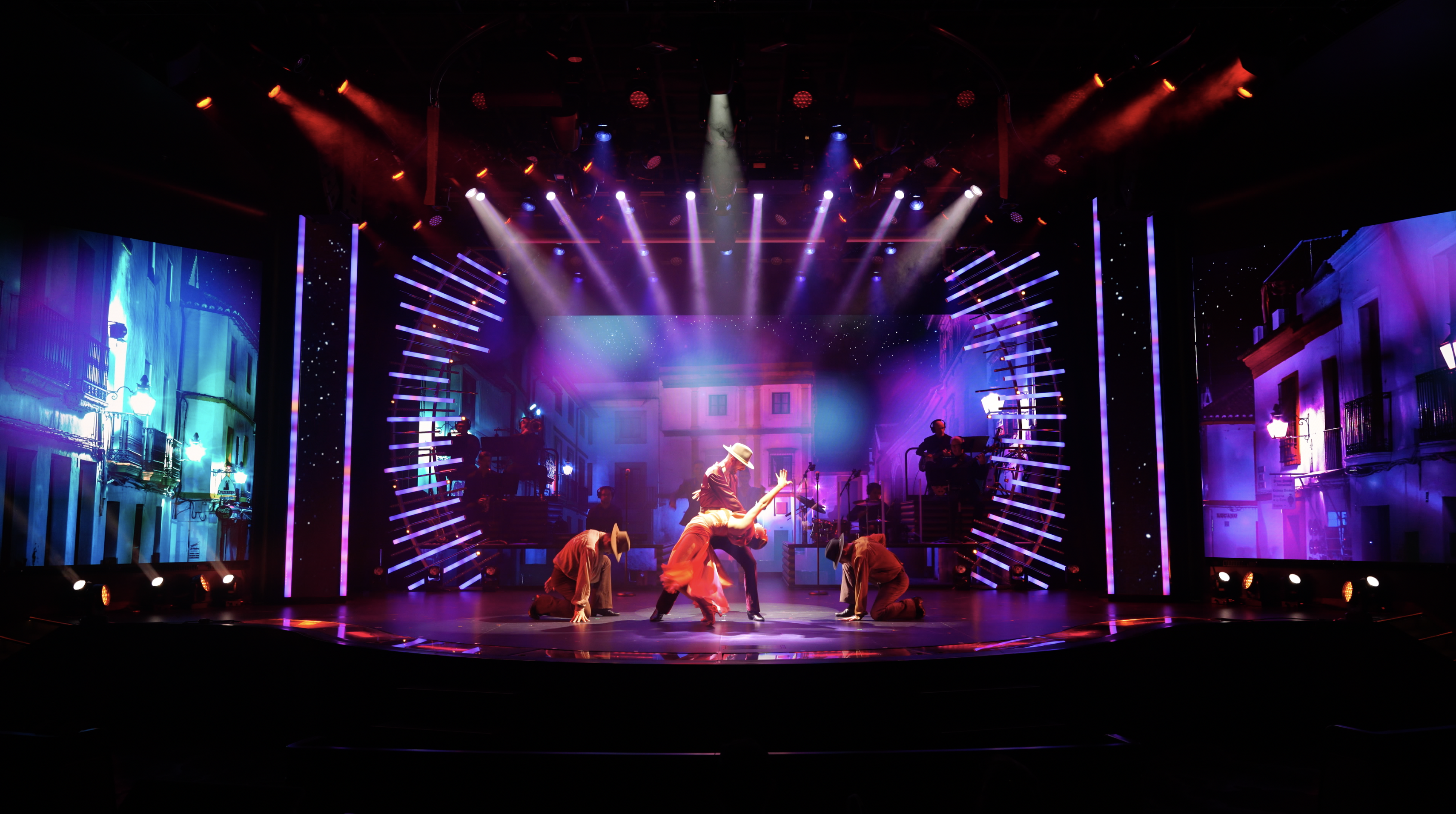
.jpg)
